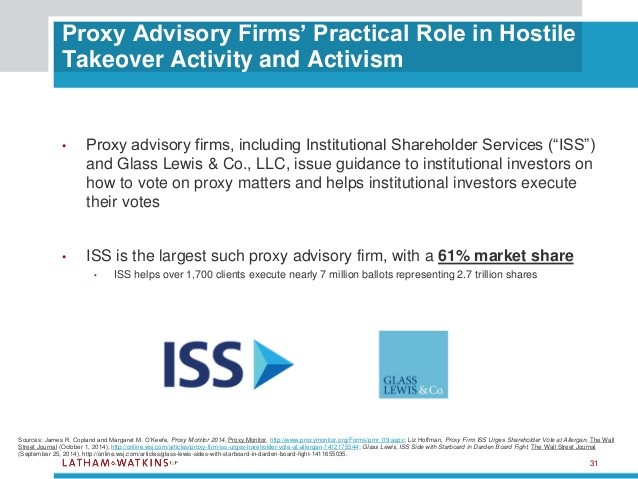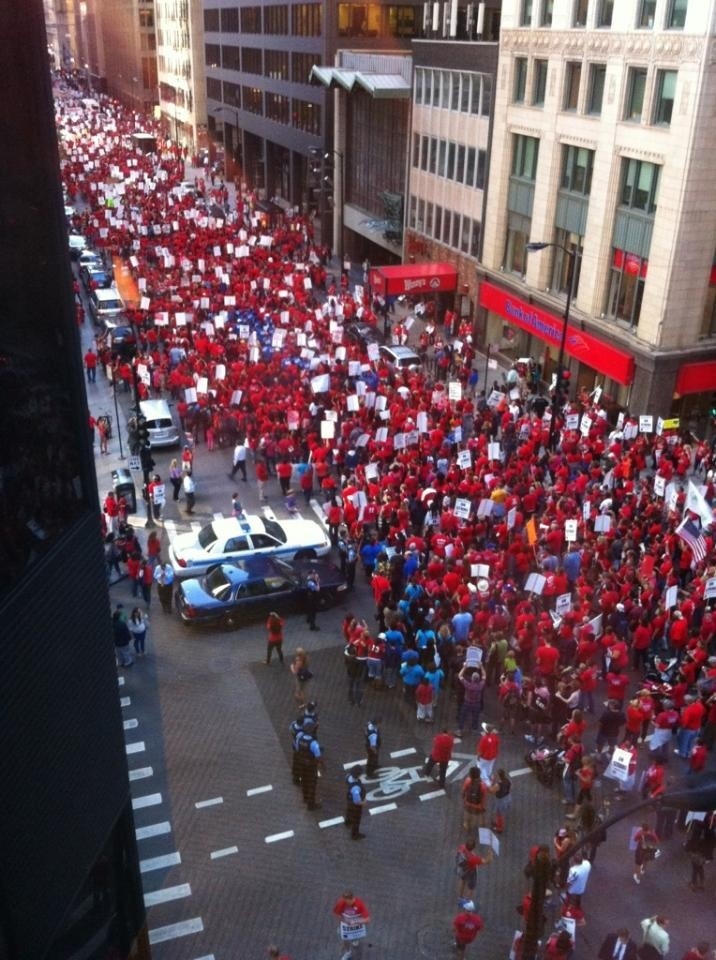Schedule 13D TenDay Window and Other Issues Will the Pershing Square
Post on: 26 Апрель, 2015 No Comment

Schedule 13D Ten-Day Window and Other Issues: Will the Pershing Square/Valeant Accumulation of a 9.7% Stake in Allergan Lead to Regulatory Action?
Editors Note: Victor Lewkow is a partner at Cleary Gottlieb Steen & Hamilton LLP. This post is based on a Cleary Gottlieb memorandum by Mr. Lewkow and Christopher Austin that was issued on April 24, 2014.
As widely reported, a vehicle formed by Pershing Square and Valeant Pharmaceuticals acquired just under 5% of Allergans shares after Allergan apparently rebuffed confidential efforts by Valeant to get Allergan to negotiate a potential acquisition. The Pershing Square/Valeant vehicle then crossed the 5% threshold and nearly doubled its stake (to 9.7%) over the next ten days, at which point it made the required Schedule 13D disclosures regarding the accumulation and Valeant’s plans to publicly propose an acquisition of Allergan. The acquisition program has raised a number of questions.
Was this insider trading?
Based on public information, there is nothing to suggest insider trading. First, it appears that neither Valeant nor Pershing Square had obtained any material non-public information from Allergan. Second, it has been long established that a prospective bidder can accumulate a stake in a target without disclosure of its own plans (i.e. a bidders own intention to pursue an acquisition is not inside information).
There is, however, a special SEC insider trading rule that deals with tender offers. Rule 14e-3 provides that once a prospective bidder has “taken a substantial step or steps to commence a tender offer,” then any person other than the bidder who is in possession of material non-public information relating to such tender offer is prohibited from acquiring shares in the prospective target. There may be some uncertainty as to whether or not the Pershing Square/Valeant vehicle would be subject to this rule given that one (but only one) of its parents is the prospective bidder. But that likely is irrelevant. While the concept of “substantial steps to commence a tender offer” has been construed liberally, it is highly likely that Valeant has been careful to avoid any actions that could be characterized as steps towards commencement of a tender offer. Instead, Valeant is likely to pursue the acquisition by making public merger proposals (bear hugs) together with a proxy contest to change the Board of Directors.
One might ask why Rule 14e-3 is focused only on tender offers and not on other acquisition structures? The answer is simply that the Williams Act gave the SEC authority to adopt rules regulating tender offers and this rule was adopted in 1980, at a time when tender offers were the principal means of acquisitions and there were concerns about people trading based on advanced knowledge of tender offers. This was during the era of “raiders,” who often made tender offers, and well before the current era of “activists.”
The 13D ten-day window
The Schedule 13D ten-day window (which does not require a filing until ten days after the 5% threshold is crossed and permits acquisitions in excess of 5% during the ten days) dates back to Congress’s adoption of the Williams Act in 1968. For many years numerous market participants have urged Congress to shorten the window, noting that almost every other developed market has a much shorter period to make filings disclosing large positions (and some have filing thresholds at levels under 5%). Eventually, the Dodd-Frank legislation (adopted in 2010) authorized the SEC to close the ten-day window. While many commentators assumed that the SEC would move quickly to do so, activist hedge funds and their supporters argued that encouraging activism was good public policy (since it was a counterweight to entrenched boards of directors) and that the ten-day window encouraged activism by permitting acquisitions of larger stakes without disclosure (and the resulting run-up in share price). The SEC has not yet taken a position and has not exercised its authority to close the 13D window.

Was an HSR filing required?
Substantially the entire investment was in the form of American-style call options and forward purchase options. Thus, since the vehicle did not have the ability to vote any of the underlying shares, it appears that no filing had been required under the antitrust pre-notification filing requirement of the Hart-Scott-Rodino Act (“HSR”). (An HSR filing would be required only when the options are exercised and the underlying shares acquired.)
Will anything be done?
This week’s high-profile events regarding Allergan may put pressure on the SEC (and potentially Congress) to address a number of important policy questions. These include (1) whether the 13D window should be closed, (2) whether additional disclosure should be required with respect to derivative positions (as is common in many other countries) and (3) whether the Rule 14e-3 limitation on third-party trading in anticipation of a tender offer should be expanded to include other acquisition structures. Importantly, these issues are part of a growing debate as to whether there are cases of illegitimate imbalances of information beyond classic insider trading that regulators should address. These include, in addition to the 13D and 14e-3 issues raised above, high speed traders use of informational advantage due to timing or visibility of order flow and possible informational advantages available in dark pools.














